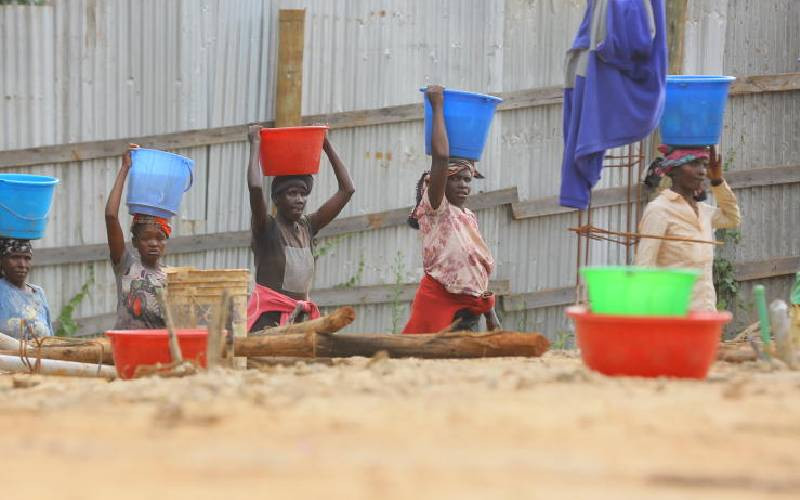×
The Standard e-Paper
Home To Bold Columnists

Nearly 40 per cent of Kenyans do not have access to clean water with studies showing 9.9 million people drink directly from contaminated surface water sources.
At the same time, less than a third of Kenyans have access to improved sanitation. In urban areas, the situation is exacerbated by a burgeoning population put a strain on limited infrastructure.